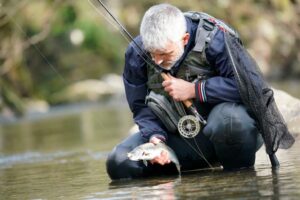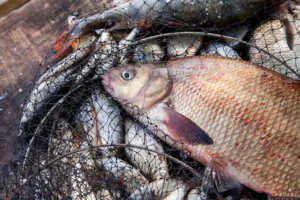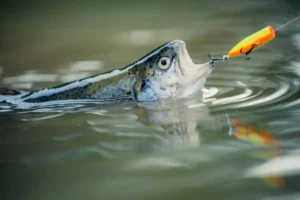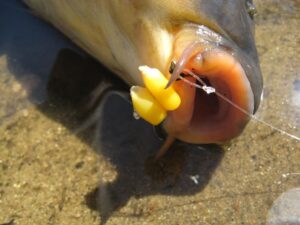How to Safely Unhook Your Hook or Lure – A Guide for Freshwater Fishing
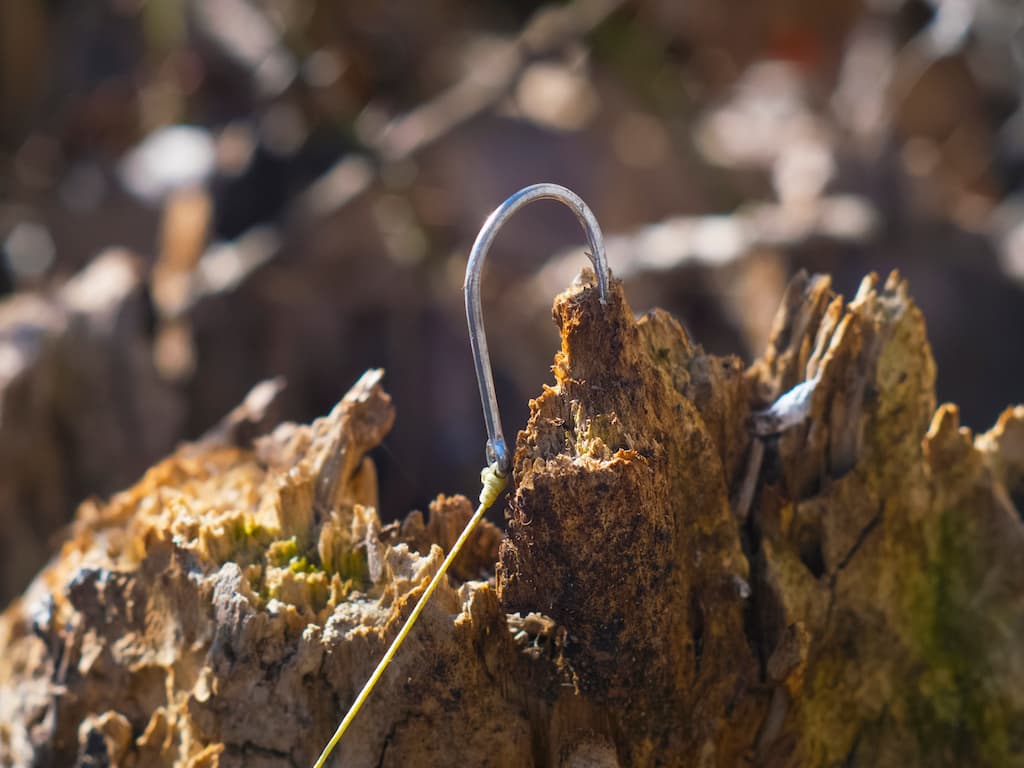
Unhooking your hook or lure when it becomes lodged at the bottom of the water without breaking your fishing line requires taking some precautions.
Regardless of the type of fishing you engage in, we have all experienced the frustration of getting hooked on an obstacle submerged in the water or sometimes on the water’s edge.
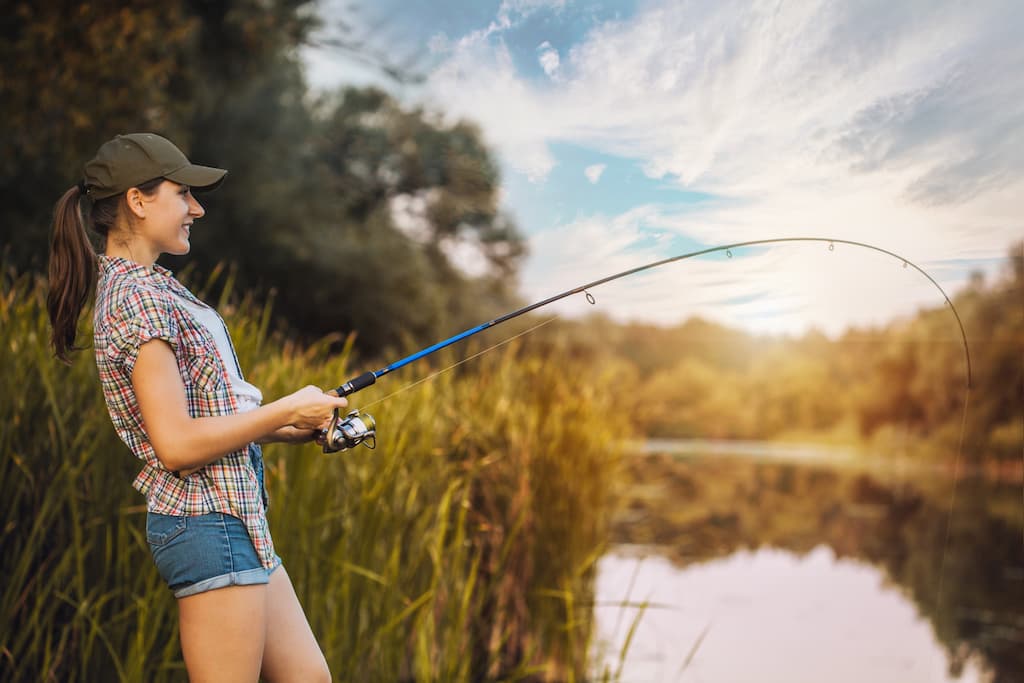
How to Unhook a Hook or Lure Stuck at the Bottom of the Water?
The only solution to free yourself is to pull on the line, gradually increasing the force, in hopes that either the hook will dislodge or the obstacle will give way, such as grass or a small branch. In the worst-case scenario, the hook may bend, or the fishing line may break. In both of these cases, the replacement can be done in a matter of seconds.
The worst thing that can happen during a fishing trip is losing your entire fishing line or, even worse, breaking your fishing rod. I experienced the latter in February 2011 while fishing in the Belgian Meuse River in Hastière. As I kept pulling on my fishing rod, which was hooked six meters deep, it snapped between the fourth and fifth sections. The five-meter-long end was catapulted far into the water, while the broken tip remained in my hand.
Rules for Unhooking a Hook or Lure Stuck at the Bottom of the Water
First and foremost, remember this golden rule: never attempt to unhook yourself using your fishing rod, as you risk breaking it. Now, let’s discuss the silver rule: never try to pull the hook upwards or sideways. Doing so will only cause the hook or fishing line to sink deeper, making it even more challenging to unhook.
So, what is the safest technique for unhooking a hook or lure?
- Pull the line backward as if you were detaching it, keeping the fishing rod perfectly aligned with the line and as close to the water as possible until you can grasp the line. Be careful not to dislodge a section that might be propelled forward, along with your entire line.
- Grab the line after the section or, if you have an elastic band, after the line holder. Keep tension on the line, ensuring it remains as close to the water’s surface as possible. The more submerged it is, the less likely it will tangle and hit you in the face when it finally dislodges.
- Find a cylindrical object, such as a tin can, plastic bottle, or any suitable support, and wrap the line around it several times until it is taut. Then, using both hands, pull on the support while keeping the line as close to the water as possible until your line becomes unhooked or the line breaks. This support will prevent you from getting cut or burned by the fishing line (nylon or braid).
- Check if the fishing line or hook is damaged. When in doubt, immediately replace the fishing line. It would be unfortunate to miss a catch due to a blunt hook or lose a beautiful fish because the fishing line breaks as it has become less resistant.
This simple technique will help you avoid damaging your equipment. The farther away you position yourself from the line, the lower the risk of breaking your fishing line.
Remember to always prioritize your safety and take necessary precautions while unhooking your hook or lure. By following these techniques, you can free your hook or lure without causing damage and continue enjoying your freshwater fishing experience.

